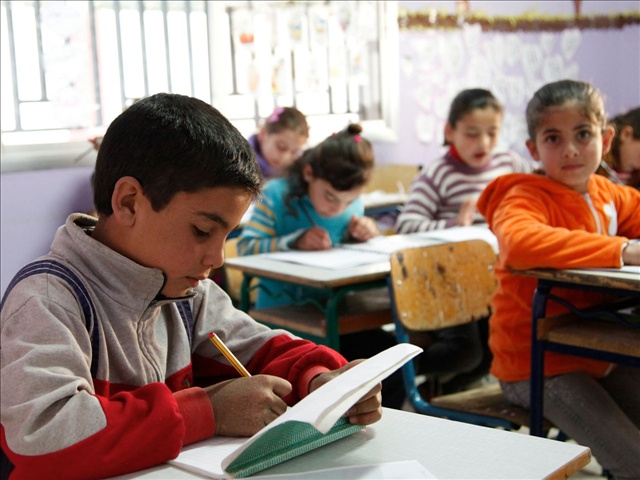The federal Environmental Protection Agency has awarded nearly $2 million to the Texas Commission on Environmental Quality to help identify sources of lead in drinking water at schools and child-care facilities.
The grant from EPA brings TCEQ’s funding for the program to $5.3 million.
“Protecting children’s health is one of the most important aspects of EPA’s mission, and we could not fulfill this mission without the instrumental partnerships with our states and tribes,” said David Gray, acting regional administrator. “As part of Lead Poisoning Prevention Week and Children’s Health Month, EPA is excited to announce the WIIN grants to help reduce lead in school drinking waters and protect children where they learn and play.”
The TCEQ funding is part of $26 million for the Water Infrastructure Improvements for the Nation Act for states, territories, and tribes to test for lead in schools and child-care facilities.
The grants support EPA’s action plan for reducing lead in school drinking water — Training, Testing, and Taking Action.
The toolkit helps prepare schools, child-care facilities, and states to build a voluntary implementation program to reduce lead levels in drinking water.
Children are more vulnerable to the effects of lead exposure than adults. Even low levels have been linked to damage to the central and peripheral nervous system, learning disabilities, shorter stature, impaired hearing and impaired formation and function of blood cells.
Lead in drinking water is one of the primary ways children can be exposed to lead.




